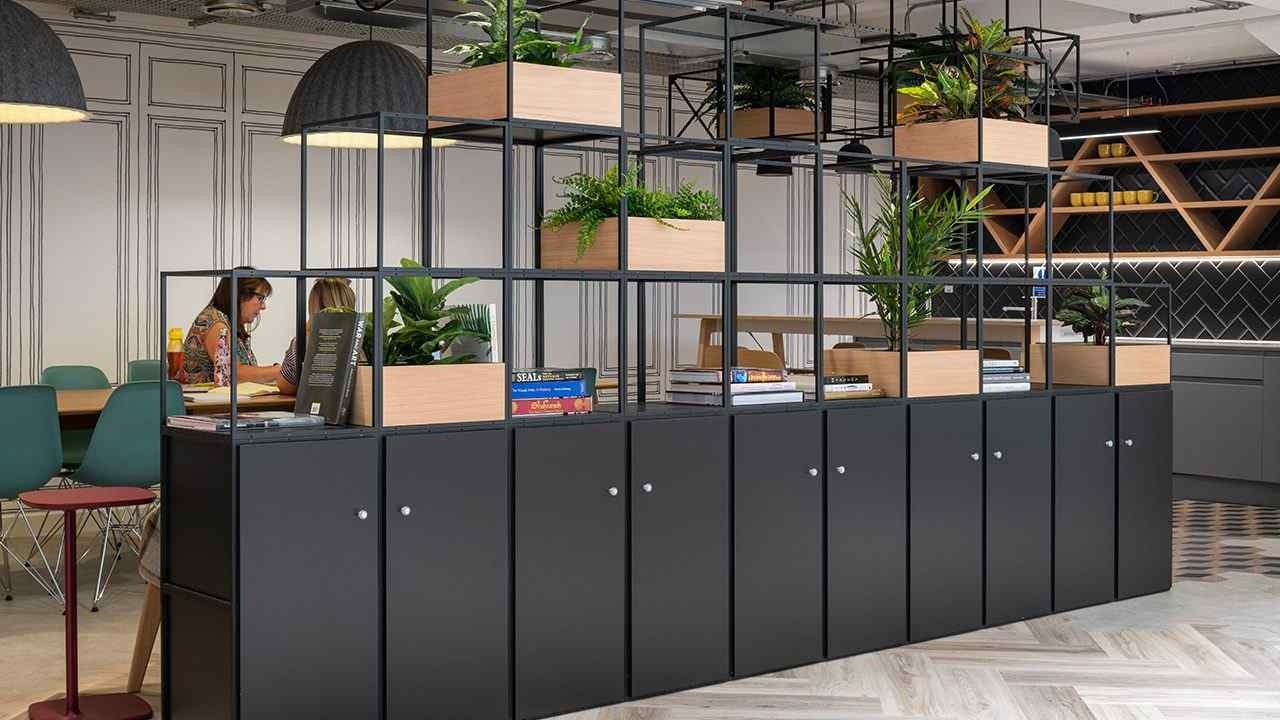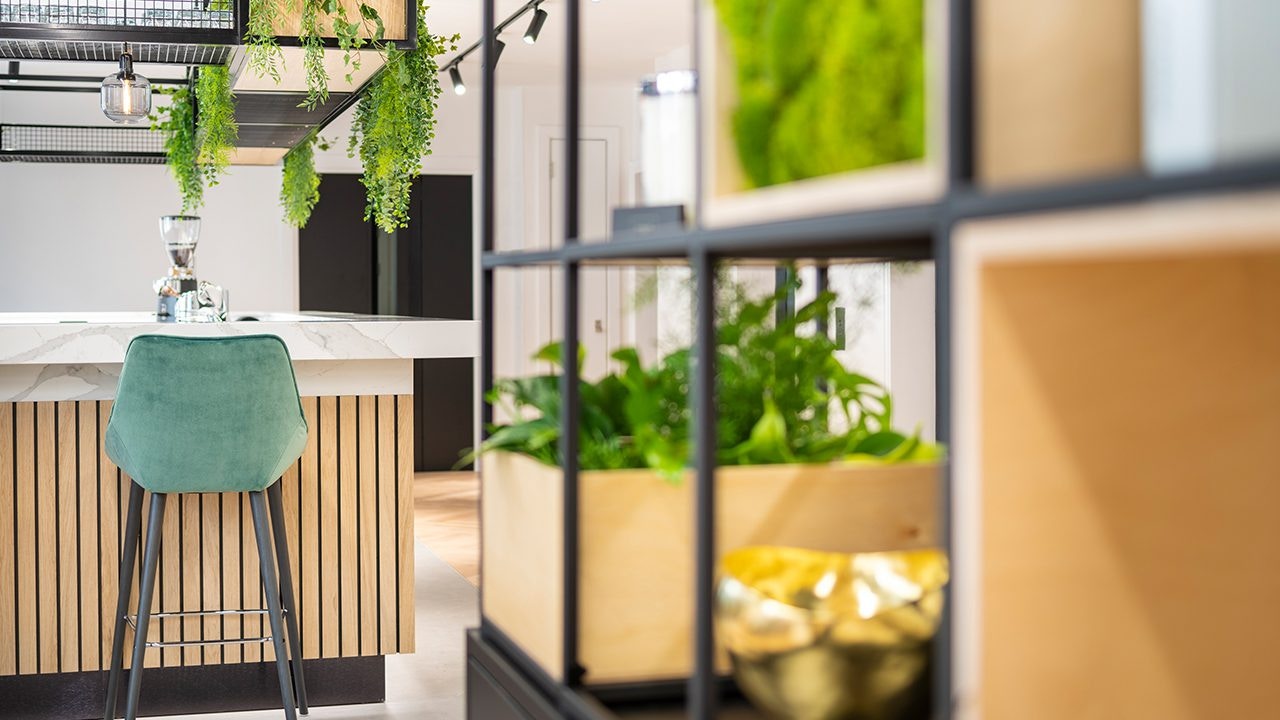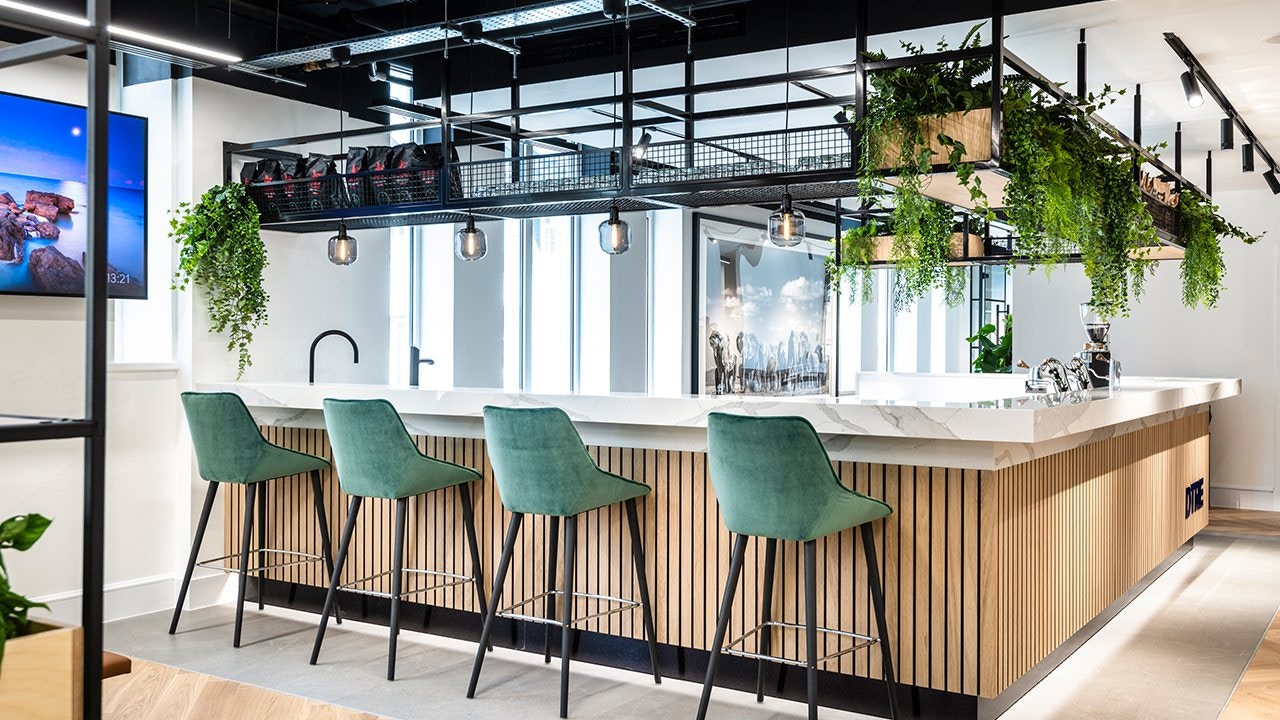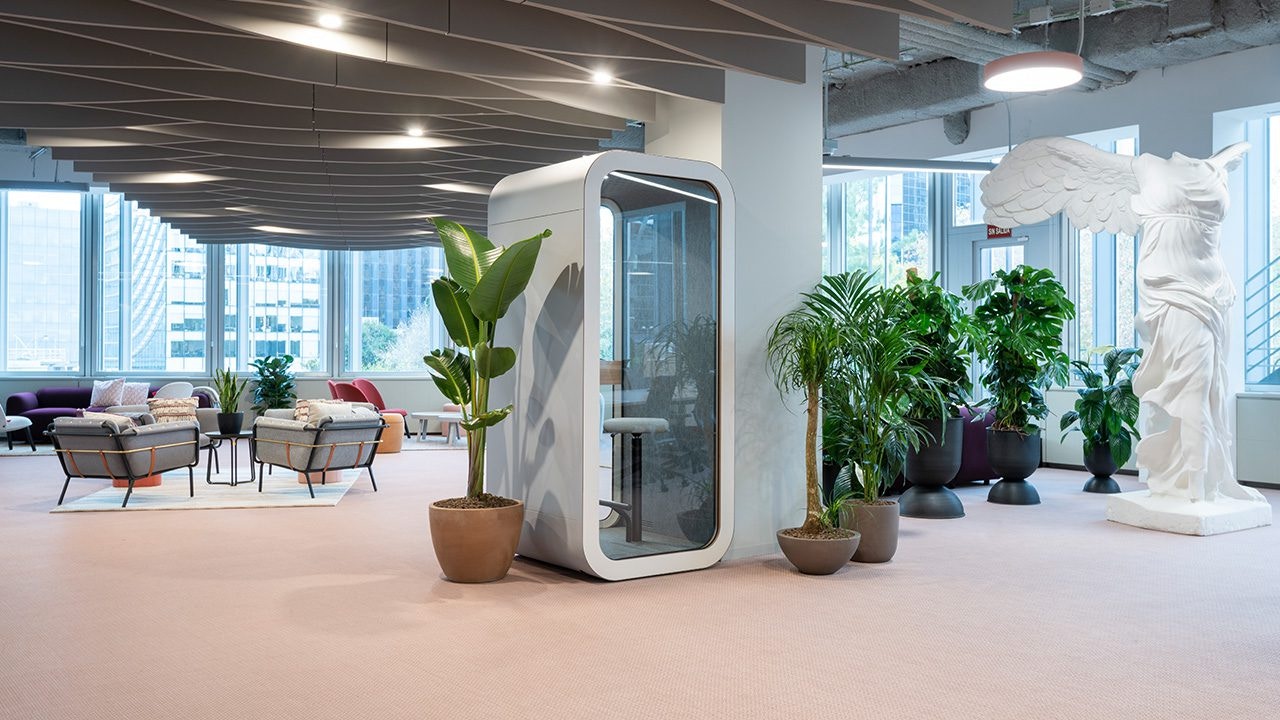Why Do Offices Need Sustainable Accreditation?
Buildings account for nearly 40% of global greenhouse gas emissions, making them a significant contributor to accelerating the rate of climate change. This is a growing problem. Estimates for 2016 put global floor space at 235 billion square meters. 230 billion m2 in total floor area will be added worldwide between now and 2060; the equivalent of adding Japan’s current total floor space every year, or a flat surface area the size of Paris every 5 days. To meet emissions reduction targets set by the Paris Agreement by 2030, a significant increase in the rate of energy efficiency renovations of existing buildings and the generation and procurement of renewable energy is required.






